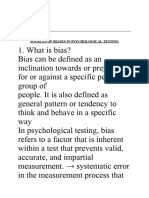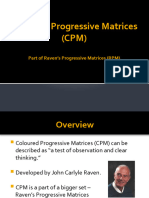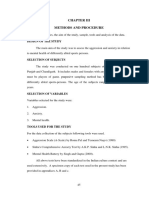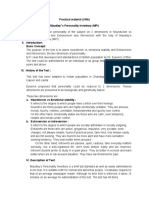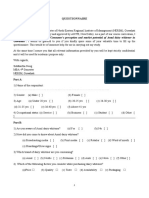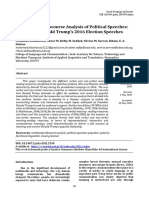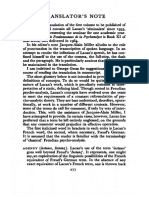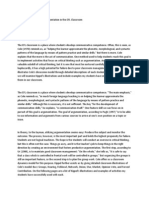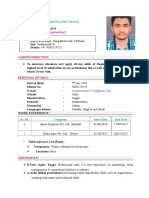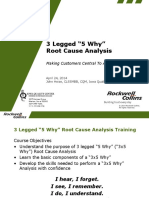100% found this document useful (2 votes)
2K views5 pagesProblem Solving Ability Test
The Problem Solving Ability Test by L.N. Dubey is a cognitive assessment tool aimed at evaluating an individual's problem-solving skills, logical reasoning, and analytical thinking, primarily used in educational and psychological contexts. The test consists of 20 multiple-choice questions, scored on a scale from 0 to 20, with interpretations categorizing abilities as high, average, or low based on normative data. It serves various applications including educational counseling, career guidance, and psychological assessments.
Uploaded by
minal.marudkarCopyright
© © All Rights Reserved
We take content rights seriously. If you suspect this is your content, claim it here.
Available Formats
Download as DOCX, PDF, TXT or read online on Scribd
100% found this document useful (2 votes)
2K views5 pagesProblem Solving Ability Test
The Problem Solving Ability Test by L.N. Dubey is a cognitive assessment tool aimed at evaluating an individual's problem-solving skills, logical reasoning, and analytical thinking, primarily used in educational and psychological contexts. The test consists of 20 multiple-choice questions, scored on a scale from 0 to 20, with interpretations categorizing abilities as high, average, or low based on normative data. It serves various applications including educational counseling, career guidance, and psychological assessments.
Uploaded by
minal.marudkarCopyright
© © All Rights Reserved
We take content rights seriously. If you suspect this is your content, claim it here.
Available Formats
Download as DOCX, PDF, TXT or read online on Scribd
/ 5




















